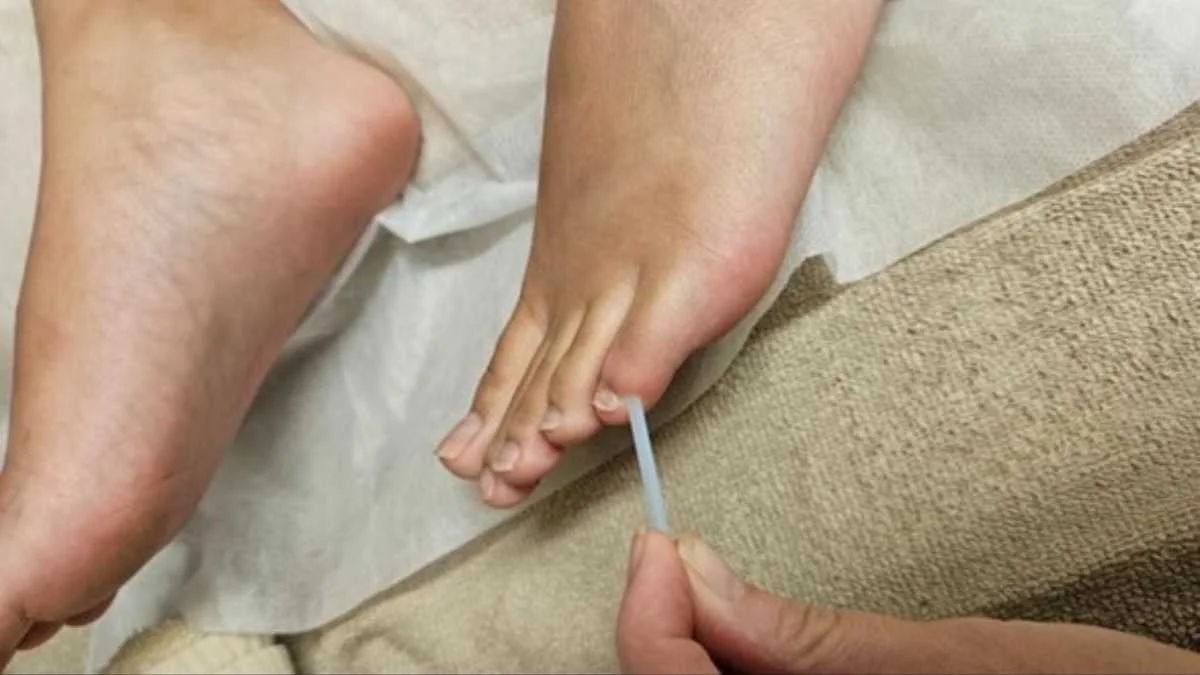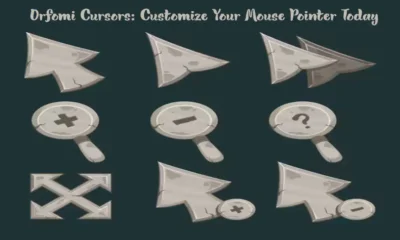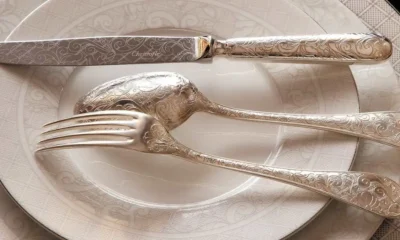HEALTH AND FITNESS
Acupuncture & Chinese Herbs for Managing Chillblains

Ever notice your fingers or toes getting painfully red, itchy, or swollen in cold weather, even when you’re all bundled up? You might be dealing with chilblains. They can feel like an unpleasant winter side effect and are especially common during colder, damp months.
While many associate chillblains with poor circulation or cold exposure, they can also appear without a clear cause. For some, it’s a seasonal nuisance; for others, it affects comfort and daily life throughout winter. If you’ve tried creams and extra layers with little relief, Traditional Chinese Medicine (TCM) may offer a more holistic option worth exploring.
Table of Contents
Why Conventional Treatments Often Fall Short
Modern medicine usually suggests wearing warmer clothing, limiting cold exposure, or applying steroid creams to reduce inflammation. While this may bring temporary relief, it often doesn’t tackle the root problem, the underlying circulatory imbalance or nervous system stress. If there’s no wound or visible skin breakdown, patients are often left to simply manage the discomfort as best they can.
Traditional Chinese Medicine’s Viewpoint
In a Traditional Chinese Medicine clinic, the condition is evaluated from a systemic perspective. Ancient Chinese formulas such as Si Ni San, Si Ni Tang, and Dang Gui Si Ni Tang have long been used to address “frigid extremities.” Each formula reflects a different root cause according to Chinese medicine principles.
Si Ni San – Addressing Liver Qi Stagnation
This formula is often used when chillblains are caused by Liver Qi stagnation. This condition is associated with emotional stress or nervous system imbalance, particularly when the sympathetic nervous system (fight or flight) is overactive. Blood vessels may constrict, reducing blood flow to the fingers and toes, even if the body is otherwise warm.
Si Ni Tang – Warming Kidney Yang Deficiency
In cases of Kidney Yang deficiency, individuals experience an overall sense of cold, fatigue, and lower vitality. In TCM, Kidney Yang is seen as the body’s inner heat source. This pattern may explain persistent cold extremities, especially in the elderly or those recovering from long-term illness.
Dang Gui Si Ni Tang – Nourishing Blood Deficiency
Blood deficiency in Chinese medicine reflects poor circulation and nourishment to the limbs. Symptoms may include dryness of skin and hair, pale complexion, and fatigue. This pattern is more common in women, particularly those who are underweight or have experienced blood loss.
How Acupuncture Supports Chilblain Recovery
Many people visiting an acupuncture clinic in Sydney report muscle tension in the shoulders, neck, hips, or lower back. TCM often views these as physical “kinks in a hose” tight spots that block healthy blood and nerve flow to the limbs.
Techniques like:
- Distal acupuncture (using points away from the affected area)
- Dry needling for trigger point release
- Electro-acupuncture to gently stimulate muscles and nerves
Treating the Whole Person
A core principle of Chinese herbal medicine and acupuncture is to treat the whole person rather than isolated symptoms. TCM practitioners consider sleep, digestion, stress levels, and energy to develop an individualised treatment plan. Whether the chillblains stem from Qi stagnation, Blood deficiency, or Yang deficiency, a tailored approach is always taken.
Conclusion: A Holistic Option for Winter Relief
If chillblains have become your cold-weather companion, you don’t have to suffer in silence or settle for creams alone. Traditional Chinese Medicine offers a gentle, whole-body approach that looks deeper than the surface symptoms.
At Village Remedies, our experienced team blends acupuncture, dry needling, and Chinese herbal medicine to help manage chillblains naturally and effectively.
Reach out to learn how a tailored treatment plan could help keep your hands and feet warm all winter long.This Content is originally published byVillage Remedies.
-

 GENERAL5 months ago
GENERAL5 months agoChristofle – For Those Who Dream of Family Heirloom Silver
-

 SPORTS7 months ago
SPORTS7 months agoDiscover the World of Football with Streameast: Watch Your Favorite Leagues and Tournaments
-

 GENERAL4 months ago
GENERAL4 months agoUncovering the World of кинокрадко: The Dark Side of Film Piracy
-

 GENERAL2 months ago
GENERAL2 months agoATFBooru: Anime, Gaming, and Subculture Imageboard





























